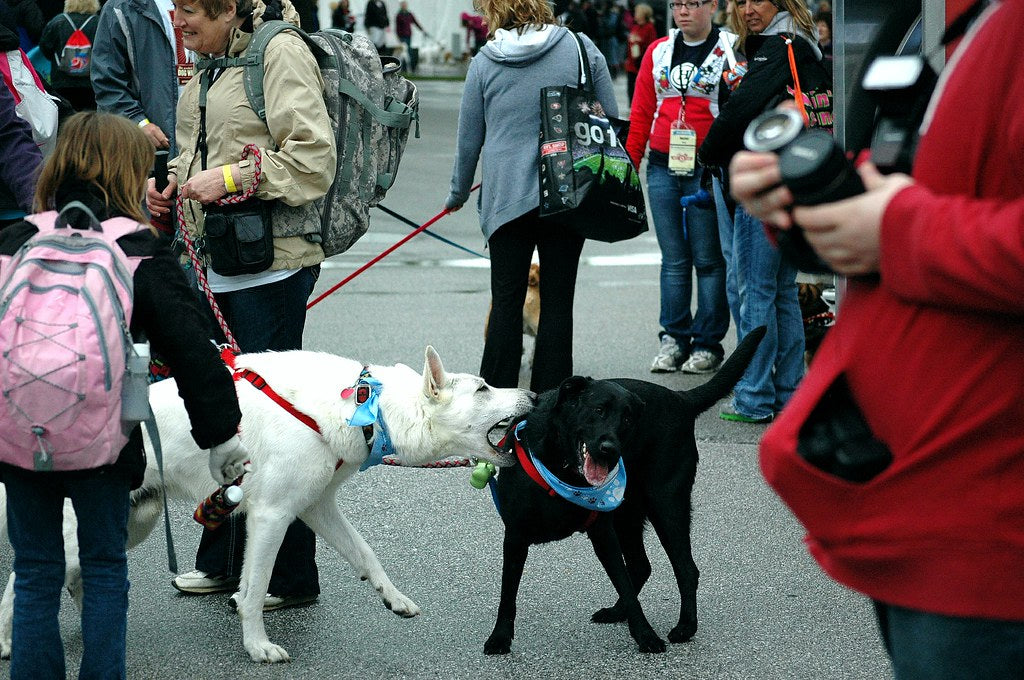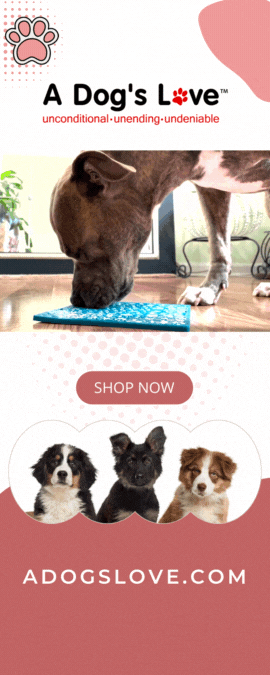Aggression among dogs is a serious issue. Keep your dog at a safe distance from all other dogs until they have been successfully treated – the least amount of space they need to stay calm and relaxed.
It’s very difficult, dangerous, and stressful to manage a dog that lunges and pulls while on a leash, regardless of whether physical contact occurs. Any fight, no matter how brief, can result in a fine, a lawsuit, or – most devastatingly, the loss or injury of your pet. Below are some facts about dog aggression.
Symptoms of Dog Aggression
Watch for the major warning signs of aggression toward another dog, whether you’re on a walk, at the vet, or at the groomer:
- Assaulting
- Body Language
- Eye-to-eye Contact
- Nervous
- Pricked ears
- Protruding teeth towards the other dog
Your dog should be removed or distracted if you see any of these behaviors.
Genetics and environment
In history, some kinds of dogs were bred specifically to fight. Due to the prohibition of dog blood sports in most modern countries, breeders have mostly bred dogs with more passive, non-aggressive traits.
Originally bred for aggression, these breeds now often make great lapdogs and family companions. Training and socialization – environmental factors – can and do overcome even genes that create a particular breed with aggressive traits.
When mistreated, gentle and easygoing breeds can become aggressive as well. The best option in such cases is to consult a professional.
Treatment methods
Dog-to-dog aggression is typically treated with desensitization. Under professional guidance and plenty of positive reinforcement, you can ease your dog’s separation anxiety by gradually decreasing the physical distance between them.
Often, this takes several months to a year. Before you begin desensitization, consult with a behaviorist. Meanwhile, don’t yell at or punish your dog, and don’t use prong or choke collars. Having other dogs around can lead to disaster, and that’s the last thing you want to teach them.
Prevention
However, there are a few things you can do to lessen the chances of your dog developing an aggression issue:
- Get your puppy used to people and other dogs. Make sure your puppy interacts with well-mannered adult dogs who can teach it how to behave and arrange supervised play dates with other puppies.
- Spaying or neutering your dog as soon as is possible after it is born will significantly reduce hormone-driven aggression.
- Training your dog with positive reinforcement will help you to curb his aggression.
Almost always, dog aggression toward other dogs will need to be treated by a trained professional and monitored heavily for the rest of the dog’s life. The best way to prevent incidents is to prevent them from occurring in the first place.
Image Credit: kennethkonica


